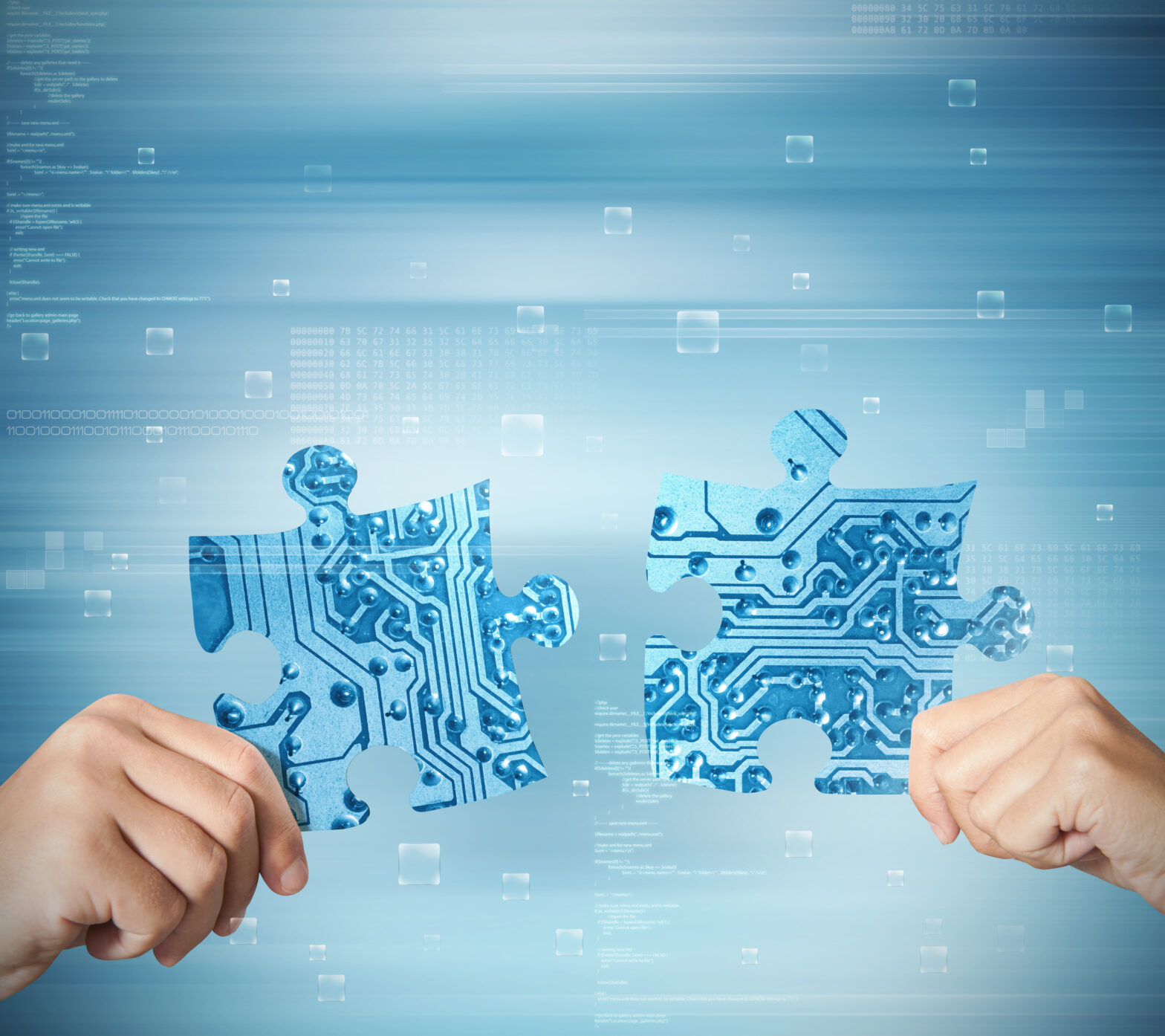Consumer preferences are evolving; they are using everything from virtual assistants via smart speakers, to Amazon Dash buttons to order products and services quickly and easily. Indeed, in 2017, Google sold more than six million of its Google home smart speakers.
These are some of the trends highlighting the need for greater integration; it has to support new use cases which did not exist even two years ago. Next year, integration will be joined by robots, microservices and DevOps that will drive innovation and make life simpler for developers and customers alike.
Here are some key trends to look out for.
1. Let me put you on hold
RPA, chatbots and virtual assistants will become the number one driver for customer experience.
Customer-facing representatives will be assisted by RPA and robotic assistants to ensure that their customers receive the fastest, most efficient service possible.
>See also: 6 key advantages of ERP and CRM software integration
Integration providers, partnering with RPA vendors, will enable organisations to provide a seamless customer experience, ensuring that you never have to place an incoming customer call on hold. This will be backed up by human contact to quickly offer more specialised information and support.
2. APIs, meet B2B
APIs and B2B integration will converge to drive the next generation of B2B interactions.
B2B platforms married to APIs (application programming interface) will enable organisations to not only conduct transactions but also to make every step of this process transparent.
Already having invested in B2B platforms, companies will add APIs to create a smoother supply chain and provide instant results for customers making queries. This will be particularly relevant in healthcare and retail, ensuring the best and fastest customer response possible.
3. Smarter integration
AI and machine learning will make integrations smarter.
Integration projects are complex and time-consuming. Developers have to understand the information coming into the platform and map it to its logical place, where this information can be made useful.
>See also: 4 reasons to integrate IT services with IT operations
In the case of manufacturing, where there are many different suppliers in the supply chain, this means translating, mapping and orchestrating each supplier’s information.
“Mapping bots” will become commonplace for simple data such as names and currencies, while human beings will still be needed as integration specialists.
4. It’s hip to be hybrid
Hybrid integration platforms (HIP) will drive convergence of integration platforms as a service (iPaaS) and internet of things (IoT) cloud platforms.
Instead of IoT devices sending information to on-premises integration platforms, they will become an edge-based extension of integration. IoT cannot function without integration. Hybrid integration platforms will create a convergence of IoT with (iPaaS) to offer scale and complex integrations for IoT projects.
5. Bridge to the clouds
DevOps will go mainstream and microservices will bridge the chasm.
>See also: The technology behind Crossrail’s transport of the future
Microservices is the buzzword for 2018, everyone wants to try it for scalability and superfast apps. Technology architectures add new features every day, but users cannot afford any downtime to manage them. Microservices offer the ability to do this, but DevOps is needed for fast deployment. Microservices and DevOps go hand-in-hand.
6. A stitch in time
Multi-cloud finally becomes a reality and integration can stitch them all together.
There are hundreds of cloud providers in the market, and many organisations use more than one for hosting their application architectures. If the clouds are not stitched together, via integration, and able to “talk” to each other, organisations risk having information silos. This creates errors and wastes time.
Companies must ensure they are integrating effectively in order to bring about a successful digital transformation project, and fast, before the market evolves and they can no longer keep up.
Sourced by Navdeep Sidhu, Product Marketing, Integration and API Management, Software AG







